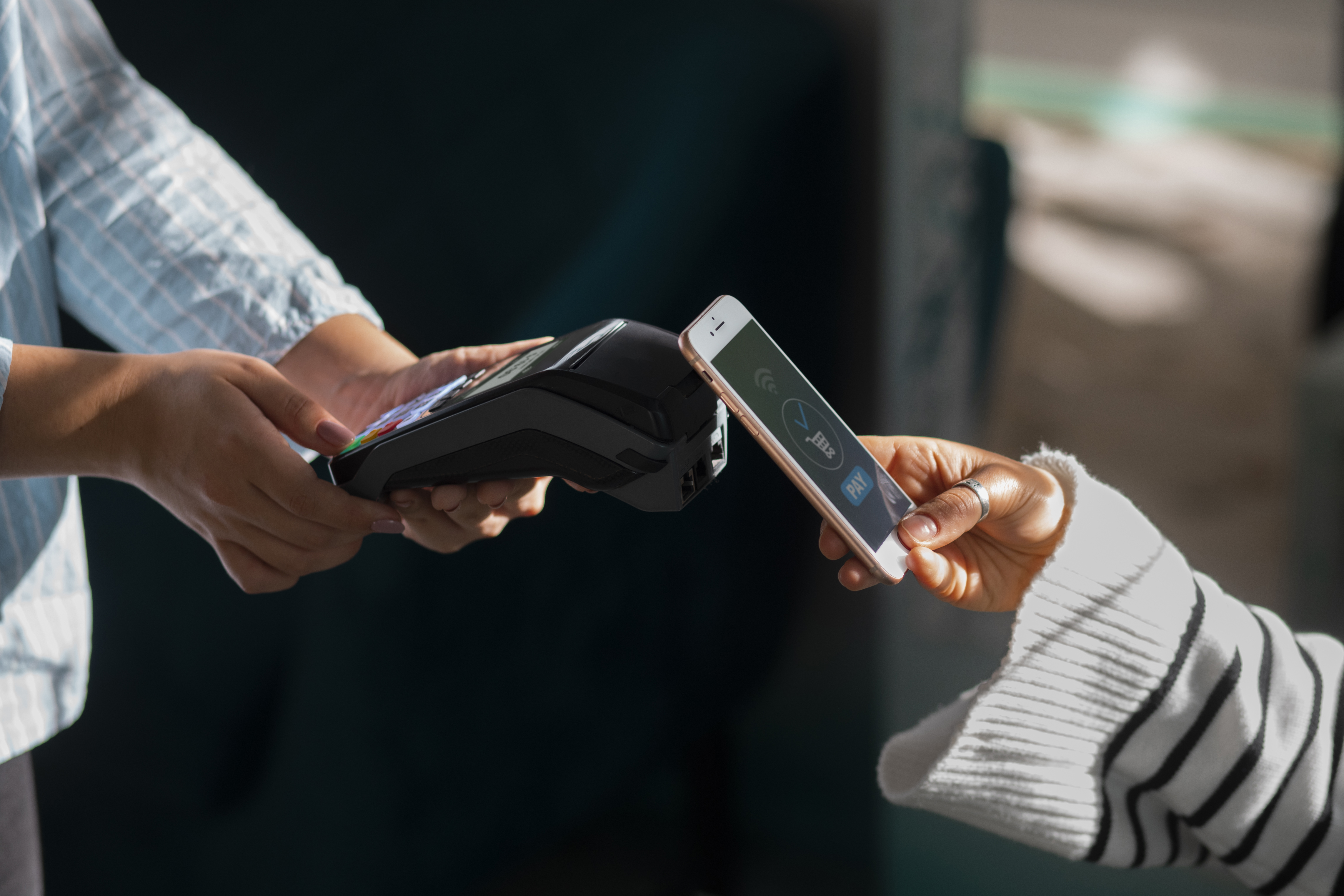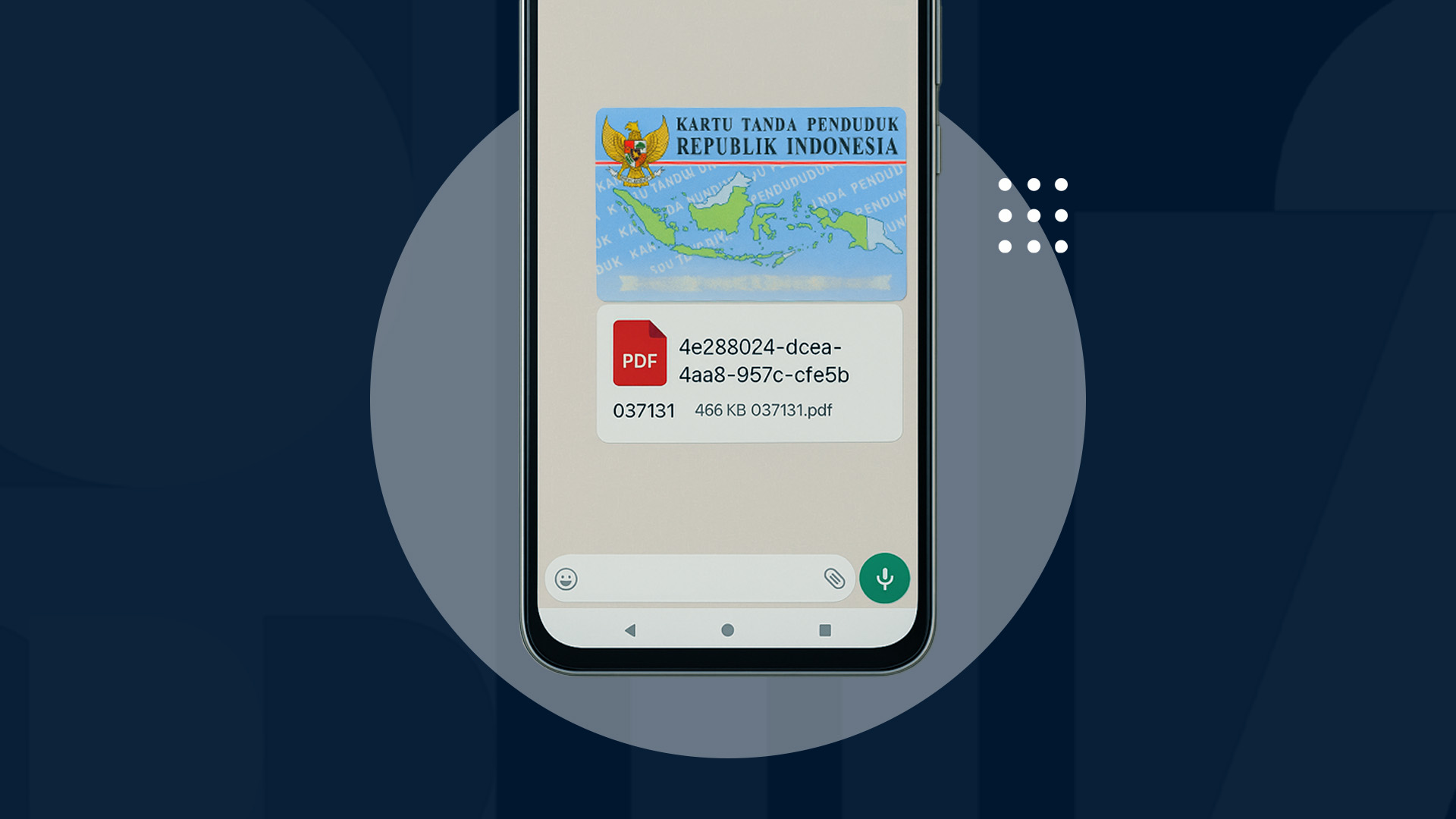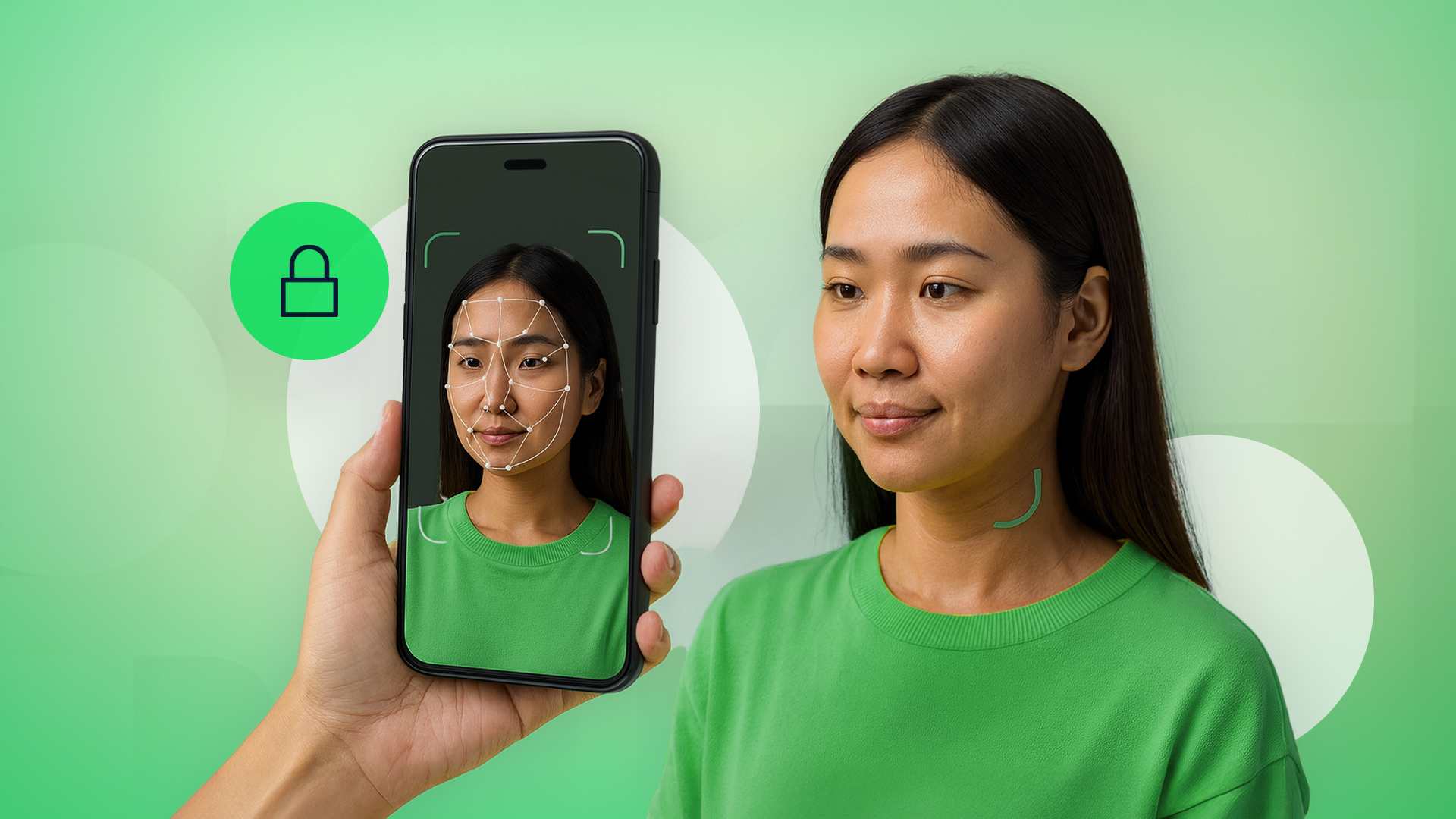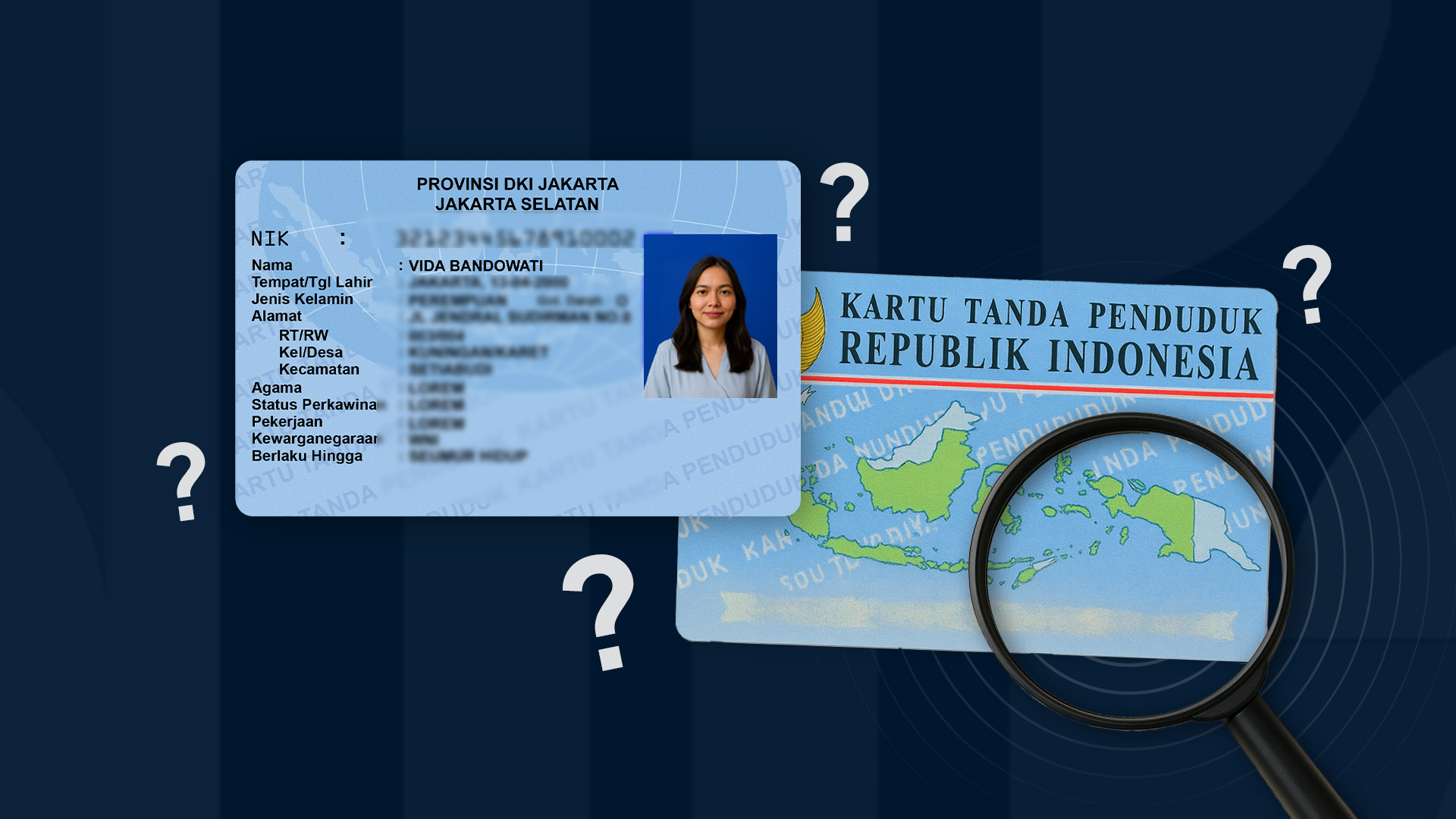Ordering food online, shopping through apps, paying bills and sending money via mobile banking—digital transactions make life so easy and fast, right? Not to mention all the promos you’d never get with conventional transactions.
But did you know this convenience can also open the door to fraudulent activity? Many people, lulled by the frictionless experience, don’t even realize when unauthorized transactions are happening on their account or card.
Besides examples of fake transactions, be wary of fraud techniques that can wipe out your savings. This article will walk you through examples of fake digital transactions, common fraud tactics, and how to protect yourself.
What Is a Fake Transaction?
A fake transaction refers to any recorded financial or digital transaction that the account owner did not consciously or intentionally carry out.
In other words, you might suddenly notice an unusual bank transfer, a payment notification from a platform you've never used, or a deduction from your balance with no clear origin.
These fake transactions typically stem from unauthorized access or misuse of your data—either due to user negligence or security loopholes in the system.
How Is It Different from Fraud?
-
Fake transactions are the result.
-
Fraud is the cause.
Fraud is the manipulative act behind the scene such as data theft, phishing, social engineering, or system hackingthat enables a fake transaction to occur.
10 Common Examples of Fake Transactions
-
Unauthorized Bank Transfers
You see a transfer in your statement to an unknown account but you didn’t make it.
Fraud tactic: Account Takeover (ATO), often through phishing, malware, or SIM swap attacks. -
E-commerce Payment Fails, but Balance Deducted
Your purchase fails, but the money still leaves your account.
Fraud tactic: System manipulation to exploit platform bugs. -
ATM Cash Withdrawal You Didn’t Make
You receive a withdrawal notification from an ATM in another city, while your card never left your wallet.
Fraud tactic: Skimming data is copied from your ATM card using hidden devices. -
Transactions from Unknown Devices
You receive alerts for transfers or loan applications you never initiated.
Fraud tactic: Login credentials were stolen, often through public Wi-Fi. -
Unwanted Auto-Subscriptions
Regular deductions for apps you never downloaded.
Fraud tactic: Subscription scam via hidden agreements in shady ads or pop-ups. -
Repeated Mobile Credit Purchases
Often used by fraudsters to launder stolen funds by transferring small values to their own numbers. -
Fake QR Code Transactions
Commonly targets sellers. Fraudsters overlay fake QR codes on original ones so buyers unknowingly send money to the wrong account. -
Numerous Small Transactions
Fraudsters test stolen cards by making small purchases to check if the account is active.
Fraud tactic: Card testing. -
OTP Codes You Never Requested
You receive OTPs even though you’re not logging in or transacting.
Fraud tactic: Brute-force or SIM swap attempts. If someone calls asking for that OTP—don’t share it! -
Failed Transactions Still Go Through
A transaction initially fails (e.g., due to insufficient balance) but the system processes it anyway due to a technical bug.
Fraud tactic: System exploit.
How to Prevent Fake Transactions
Take these steps to protect your account:
-
Enable real-time transaction notifications.
-
Never share OTPs, PINs, or passwords, even with someone claiming to be from your bank.
-
Use biometric authentication like fingerprint or facial recognition.
-
Avoid logging in to financial services from public or shared devices or Wi-Fi.
-
Review your account statements regularly and report suspicious activity immediately.
-
Block your card or account if you suspect any breach.
VIDA’s Solution to Prevent Fake Transactions
To ensure fake transactions don’t happen in the first place, secure your financial accounts with strong authentication.
VIDA, a licensed digital identity provider, offers robust authentication tools for safe digital transactions:
1. VIDA PhoneToken
A device-based authentication method. You can only log in from the same device you used to register. For example, if you signed up with phone A, only phone A can be used to access the app—protecting you even if your login credentials are stolen.
2. VIDA FaceToken
A biometric authentication method that combines face liveness detection and face matching, tied to your device. No need for PINs or OTPs, just show your face and the system verifies you in real time, seamlessly and securely.
Fake transactions can happen to anyone. As digital activity increases, it’s crucial to stay alert and actively protect your transaction access.
Don’t wait until your balance is drained or your identity misused. For businesses, it’s time to switch to VIDA’s phishing-resistant, frictionless authentication experience.

.png)


